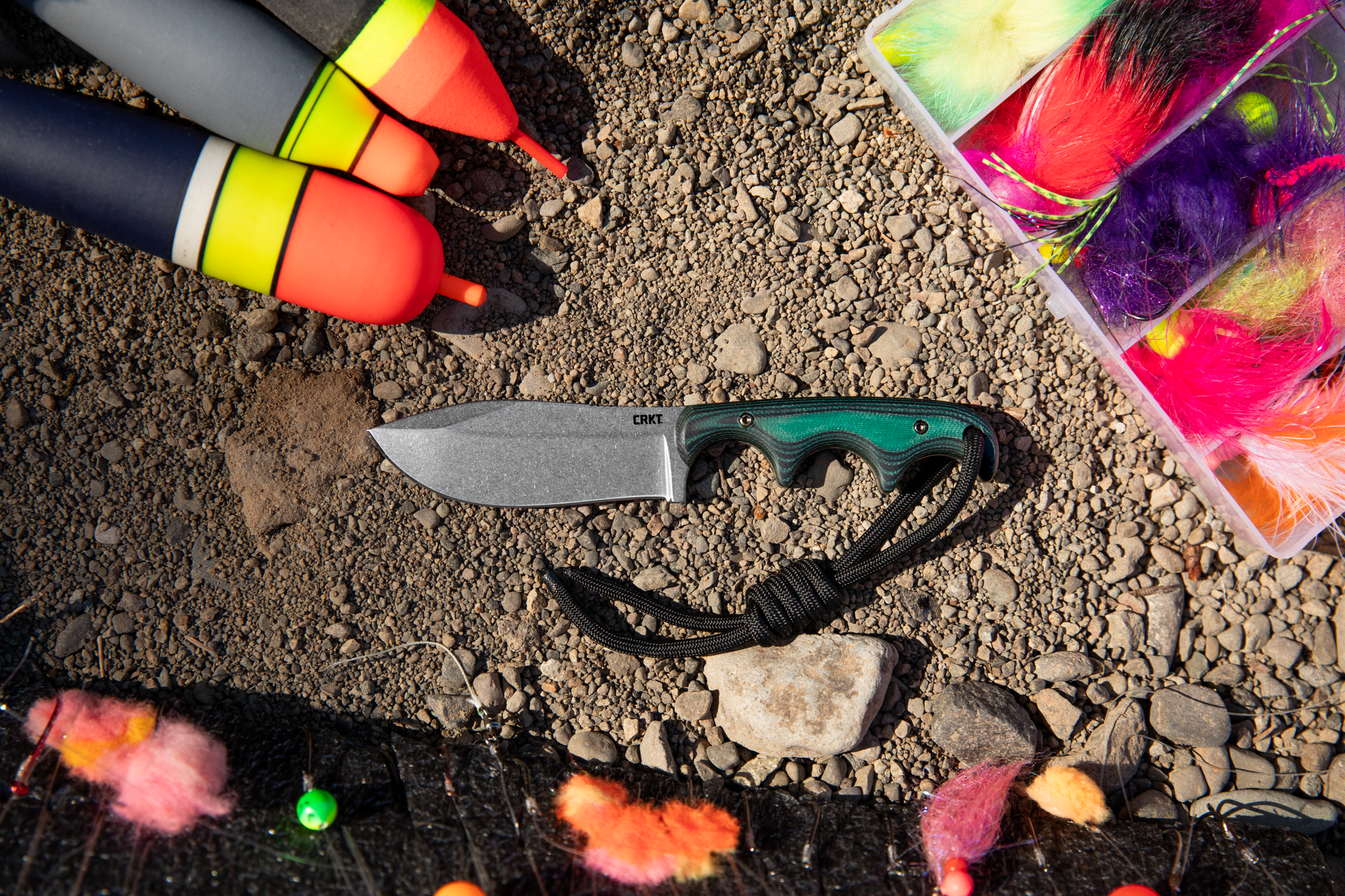The Hows and Whys (and Fixing) of the Israeli Carry Way
A magazine filled with defensive ammunition, but none in the pipe. The chamber sitting empty before the action. This is empty-chamber carry, and it’s been subject to great debate in the American gunosphere. So, let’s discuss its history, the motivations behind the empty chamber, how to solve those problems, and lastly how to do it right if you’re going to do it anyway.
HISTORY
ISRAEL
There’s a reason why carrying with an empty chamber is also called “Israeli Carry.” This form of carry has been a standard in Israel for so long that many instructors don’t even know why they initially started doing it. A goodly portion is due to the fact the Israeli military has always had a smattering of different pistols. This continues into the 21st century, to say nothing of when the nation was founded so many years ago.
There are modern American pistols that aren’t as drop-safe as we’ve been led to believe, so imagine what the wide world of pistols looked like at the end of the 1940s. If you’re carrying a pistol that can potentially pop off if you drop it, and you have one in the chamber and you drop it … what then? Carrying on an empty chamber effectively negates that risk.
Furthermore, different pistols have different manual safety mechanisms located in different places, and so for a fighting force with a mishmash of pistols, “rack the slide, then shoot” can be a universal answer, with the other safeties (if they even exist) staying disengaged.
Another issue aside from the pistols themselves were the holsters. Available holsters ranged from homemade affairs, coat pockets, and those adapted from other platforms. Modern Safarilands they were not.

Coming along for the ride of this tapestry of equipment was an early and persistent problem of gun grabs at checkpoints. Sometimes those that were stopped would take their chances, lunging for the gun of a guard to use it against them. The chamber being empty added an extra step, giving the checkpoint worker an additional ounce of reaction time in the event of an attack.
Finally, the level of training always comes into play. A young conscript army may still be quite motivated, but the general level of proficiency will be lower than a fully professional force. This means less experience and more accidents.
AMERICA
But it’s not just the Israelis, either. Early GWOT was rife with negligent discharges, some of which caused unnecessary injuries and deaths. And what was the most common weapon these negligent discharges occurred with? The M9 pistol.

The M9 is drop-safe and there were plenty of professional holsters, but training remains an issue. Part of the problem is that the people most likely to carry pistols, namely administrative staff NCOs and officers, also were the least likely to receive adequate time and training in its use.
It got bad enough that starting in 2004, pistols carried by U.S. Armed Forces had to be carried with empty chambers, even when outside the wire. While this rule didn’t really apply in the same way to special units — and was widely ignored by those more likely to actually use their pistols in combat — those service members were in the extreme minority when it comes to who was actually issued a pistol. It’s also noteworthy that the people in those positions were also far more likely to receive more advanced training in their use.

American police also have problems with gun grabs, which is the biggest reason special retention holsters were designed in the first place. Their shotguns often ride in a similar condition (referred to as “cruiser ready”), and the same goes for rifles in the rack.
DOWNSIDES
All of these reasons can be distilled into one big bucket: safety. Safer when dropped. Safer when carried. Safer when unwanted hands get on them. However, this advantage of perceived safety comes with downsides, the number one of which is speed. The additional actions of having to run the slide adds time to the equation, eating into your reaction time. Speed is always a factor, and balancing speed and concealment is a large part of the CCW equation in the first place.

And it’s not just extra time, but there’s also extra space required to charge your gun. Good luck doing it single-handed if you’ve never trained for it. And then there’s a big one that’s often ignored: the inevitable human muck-ups paired with Murphy’s Law.
Racking the slide isn’t problem-free — the slip of a grip, imperfect purchase, hasty movement, or physical obstacles can foul that loading. Then, you spend even more time to fix the problem you just induced. John Correia’s Active Response Training YouTube channel is chock full of these examples. What about Mr. Murphy? The fact of the matter is that otherwise good and reliable guns malfunction more when they’re used in anger.
A real-life violent encounter isn’t a leisurely day at the range no matter how you slice it.
FIXING THE ISSUE
Getting a safe gun, effective holster, and proper training solves most of these issues. Yet, if someone can’t afford a drop-safe gun, the empty chamber is still a way to ensure they have access to a gun on their person. The irony is that the people most likely to seek additional proficiency training are also the least likely to carry with an empty chamber in the first place. The average member of a Facebook gun group, YouTube Discord, or old-school gun forum certainly isn’t always ringing with responsibility, but they represent the upper 1 percent of gun owners when it comes to time spent training.
And even when someone has more training than the average, carries drop-safe guns, and has holsters equipped with features to foul gun grabs, accidents still occur. There are countless examples of law enforcement officers having guns go bang when they didn’t intend. Toggles from rain jackets jam into triggers when holstering. Drop-safe-guns-that-aren’t falling in a Walmart bathroom. School kids getting their fingers in a cop’s holster. Casual handling and familiarity lead to complacency — and then to unwanted holes.
IF YOU DO IT ANYWAY
It’s entirely possible that someone can have all of this information and still choose to carry without a round in the chamber. It’s important they understand that an empty chamber isn’t a replacement for training, safe storage, or a good holster. Instead, it’s a cobbled-together solution for those not addressing the larger issues at play.

SOONER, NOT FASTER
The concept of “sooner, not faster” is especially relevant to empty chamber carry. Faster refers to speed, while sooner refers to time. This concept applies to much more than empty chambers, but also to those who pocket carry or have a rifle in the trunk. Since you already know you’ll need extra time and space, you need to prepare more in advance for your draw, and need to identify farther in advance of when it might have to occur.

BOTTOM LINE
If someone discloses they carry, but not with one in the chamber, instead of immediately chastising them, arguing, and dunking for fake internet points, it would behoove you to actually listen to them. What it really boils down to is that they’re saying they actually don’t feel safe — and who are you to tell them everything is fine? It’s much better and more productive to ask them their rationale, and then provide follow-up with viable solutions.
You can lead a horse to water, but at the end of the day, unless you’re paying them to protect you and yours, it’s not your business.

NEXT STEP: Download Your Free Target Pack from RECOIL
For years, RECOIL magazine has treated its readers to a full-size (sometimes full color!) shooting target tucked into each big issue. Now we’ve compiled over 50 of our most popular targets into this one digital PDF download. From handgun drills to AR-15 practice, these 50+ targets have you covered. Print off as many as you like (ammo not included).
Get your pack of 50 Print-at-Home targets when you subscribe to the RECOIL email newsletter. We’ll send you weekly updates on guns, gear, industry news, and special offers from leading manufacturers – your guide to the firearms lifestyle.
You want this. Trust Us.
Read the full article here












Leave a Reply